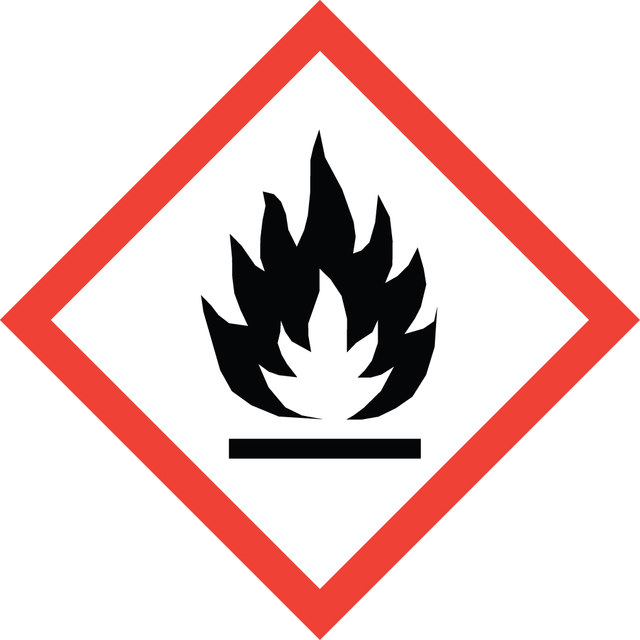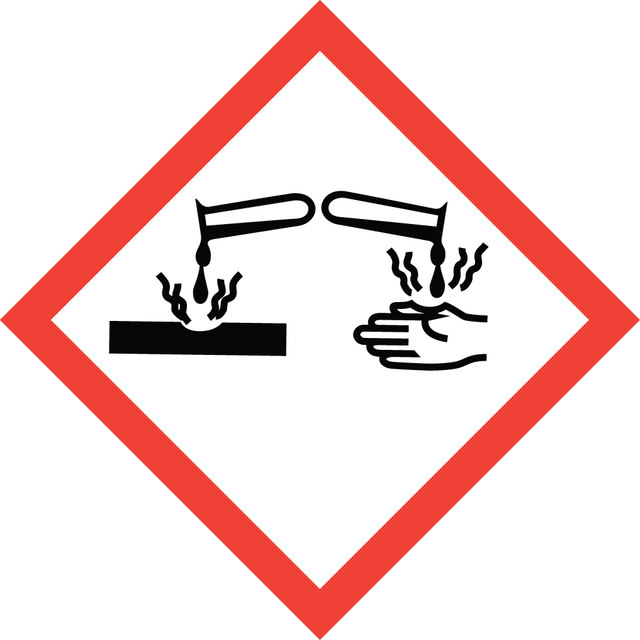126527
2,6-Dimethylmorpholine
97%
Synonym(s):
2,6-Dimethylmorpholine
Sign Into View Organizational & Contract Pricing
Select a Size
About This Item
Empirical Formula (Hill Notation):
C6H13NO
CAS Number:
Molecular Weight:
115.17
Beilstein:
103036
EC Number:
MDL number:
UNSPSC Code:
12352100
PubChem Substance ID:
NACRES:
NA.22
Quality Level
Assay
97%
refractive index
n20/D 1.446 (lit.)
bp
147 °C (lit.)
mp
−85 °C (lit.)
density
0.935 g/mL at 25 °C (lit.)
functional group
ether
SMILES string
CC1CNCC(C)O1
InChI
1S/C6H13NO/c1-5-3-7-4-6(2)8-5/h5-7H,3-4H2,1-2H3
InChI key
HNVIQLPOGUDBSU-UHFFFAOYSA-N
Looking for similar products? Visit Product Comparison Guide
Application
cis-2,6-Dimethylmorpholine (DMMP) has been used in the preparation of microporous material composed of hybrid T2 and T3 supertetrahedral clusters.
Signal Word
Danger
Hazard Statements
Precautionary Statements
Hazard Classifications
Acute Tox. 4 Dermal - Acute Tox. 4 Oral - Flam. Liq. 3 - Skin Corr. 1B
Storage Class Code
3 - Flammable liquids
WGK
WGK 1
Flash Point(F)
118.4 °F - closed cup
Flash Point(C)
48 °C - closed cup
Personal Protective Equipment
dust mask type N95 (US), Eyeshields, Gloves
Choose from one of the most recent versions:
Already Own This Product?
Find documentation for the products that you have recently purchased in the Document Library.
Xiaohui Han et al.
Chemical communications (Cambridge, England), 50(7), 796-798 (2013-12-03)
Solvothermal reactions of S, Ga and Sn using cis-2,6-dimethylmorpholine (DMMP) as an organic template, in the presence of a trace amount of H2O at 180 °C, generated microporous [C6H14NO]14.4[Ga6.40Sn21.60S52O8] material composed of hybrid T2 and T3 supertetrahedral clusters with a
S S Mirvish et al.
Cancer research, 43(6), 2550-2554 (1983-06-01)
We reported previously that mice exposed to atmospheric NO2 contained a nitrosating agent (NSA) that reacted with morpholine in aqueous methanol homogenates of the mice to give N-nitrosomorpholine. We have now found that N-nitrosomorpholine was also produced by reacting morpholine
Natalia Szkaradek et al.
Anti-cancer agents in medicinal chemistry, 19(16), 1949-1965 (2019-04-06)
Natural plant metabolites and their semisynthetic derivatives have been used for years in cancer therapy. Xanthones are oxygenated heterocyclic compounds produced as secondary metabolites by higher plants, fungi or lichens. Xanthone core may serve as a template in the synthesis
Our team of scientists has experience in all areas of research including Life Science, Material Science, Chemical Synthesis, Chromatography, Analytical and many others.
Contact Technical Service

